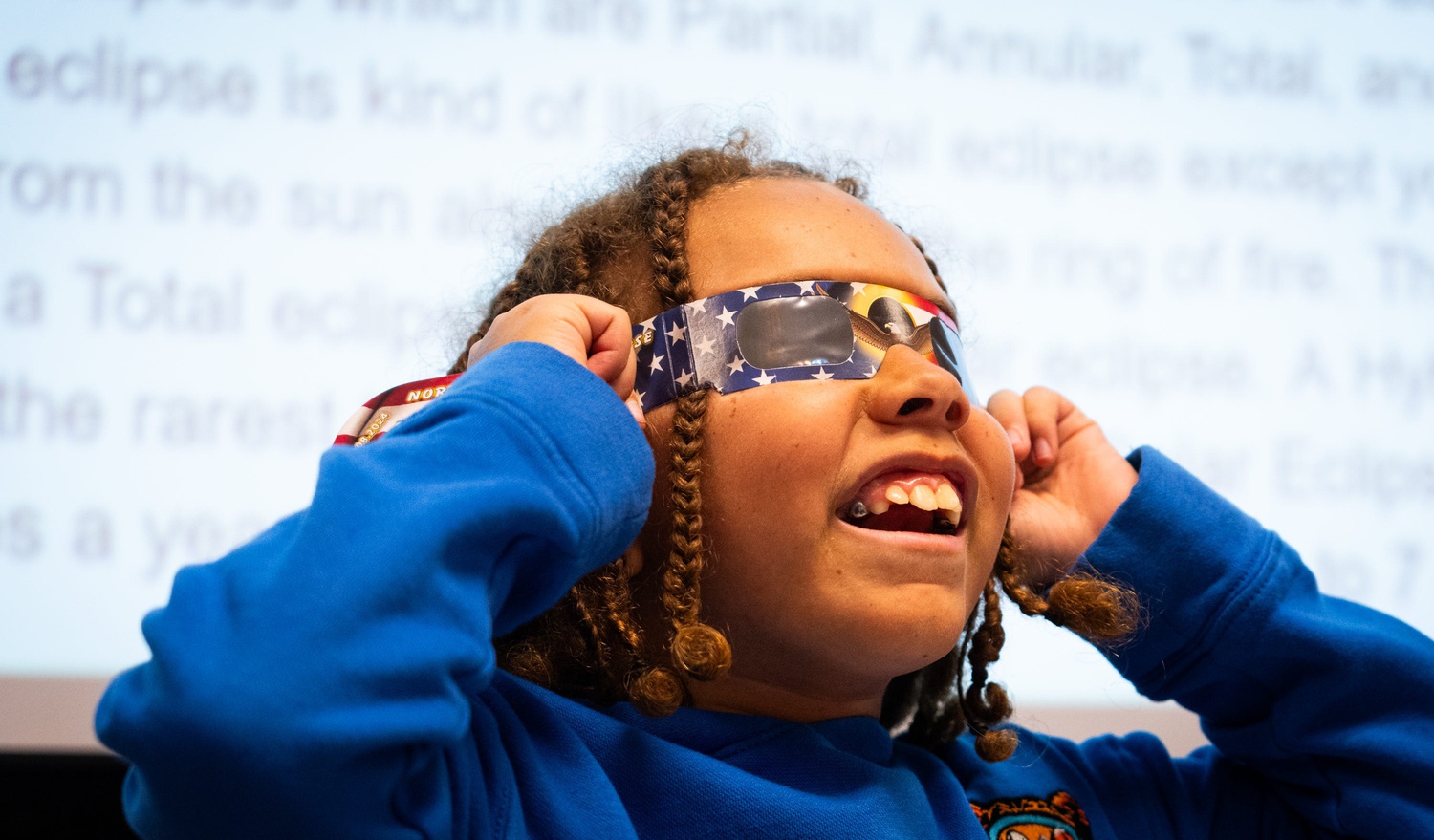Solar Eclipse: Do’s & Don’ts
It’s almost time for the big show! A total solar eclipse TODAY will give us the rare opportunity to see skies darken in the middle of the afternoon!
The sun, moon, and Earth will be in alignment as the moon passes between the Earth and sun. The sun’s light will be temporarily blocked, casting a shadow on Earth.
Most of the United States will experience a partial eclipse, however, the path of totality will offer millions the chance to see a total solar eclipse.
You can click to this interactive map to see the line of totality and the timing.
There is a chance cloud cover could block your view. Click here for the updated forecast where you live.
Everyone planning to view the eclipse, whether partial or total, should have a pair of solar eclipse glasses. They are specially darkened and will enable you to experience the eclipse without causing several damage to your eyes. If you have a pair, check to make sure it’s legitimate. The manufacturer’s name and address should be clearly labeled, you should see the ISO logo and the code “IS 12312-2” printed on the inside.
For those in the path of totality, there will be a brief 3-4 minute period when it will be essential for you to remove the glasses. When the eclipse is at full totality, you will want to remove the glasses to fully experience the eclipse. Again, it will be for a short amount of time, only 3-4 minutes, but if you fail to remove the glasses at the point of totality, you’ll miss out on the really cool part of the experience!
For those outside the path of totality, you’ll want to keep your glasses on the entire time or risk serious damage to your eye.
When viewing the eclipse, you should also keep an eye out for a comet! The ‘devil comet’ as it’s nicknamed has two distinct trails of gas and ice in the shape of devil horns. It may be possible to see the comet near Jupiter during the eclipse.
Something else to check out – go to Google and type in “solar eclipse.”
The next total solar eclipse over North America won’t happen again until 2033, and even then it’s only over Alaska. In 2044, a total eclipse will cross Montana, North Dakota, South Dakota, parts of Canada and Greenland. The next one to cross the U.S. coast-to-coast will be in 2045.



